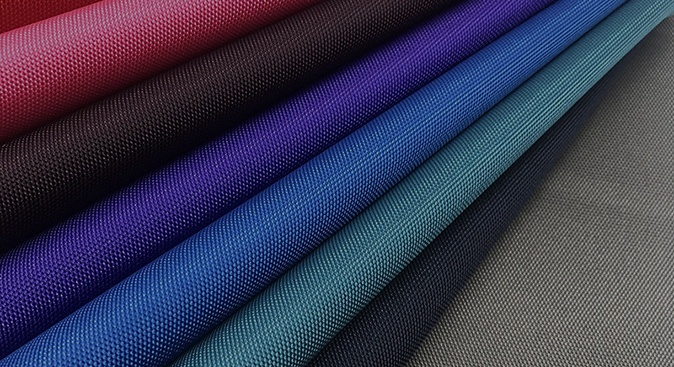Introduction of PVC Oxford Fabric
Definition and Construction
PVC Oxford fabric is a type of synthetic fabric that is made by coating a woven Oxford cloth with polyvinyl chloride (PVC) resin. The fabric’s name is derived from its construction and the material used for coating. Oxford fabric itself is a plain weave textile, characterized by a basketweave structure with a slightly ribbed appearance. By applying a layer of PVC resin, the fabric gains enhanced properties, such as increased water resistance, durability, and strength.
The construction of PVC Oxford fabric involves several steps that result in a robust and functional material. Here’s a simplified overview of the process:
Woven Oxford Cloth: The fabric begins with the creation of the base material, the woven Oxford cloth. Oxford fabric typically consists of two yarns woven together in a basketweave pattern. This weaving technique provides strength and stability to the fabric.
PVC Coating: Once the Oxford cloth is produced, it undergoes a PVC coating process. In this step, a layer of PVC resin is applied to the fabric’s surface. The PVC resin is often spread evenly over the fabric using a roller or by dipping the fabric into a PVC solution. The resin is then dried and cured, resulting in a durable and water-resistant coating.
Finishing: After the PVC coating is applied, additional finishing processes may be carried out to enhance the fabric’s properties further. These processes can include treatments like flame retardancy, UV resistance, or anti-microbial properties, depending on the intended application of the fabric.
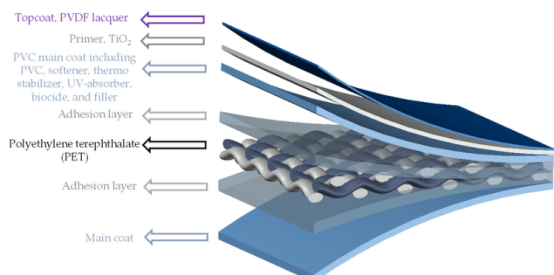
Materials Used
The production of PVC Oxford fabric involves the use of specific materials to achieve its desired characteristics. The main components are:
Oxford Cloth: The base material used in PVC Oxford fabric is the woven Oxford cloth. It is typically made from a blend of polyester and cotton or nylon fibers. The choice of fibers impacts the fabric’s strength, abrasion resistance, and breathability.
PVC Resin: The coating material used in PVC Oxford fabric is polyvinyl chloride (PVC) resin. PVC is a synthetic thermoplastic polymer known for its durability, flexibility, and water resistance. The resin is applied to the fabric to create a protective layer that enhances the fabric’s performance and longevity.
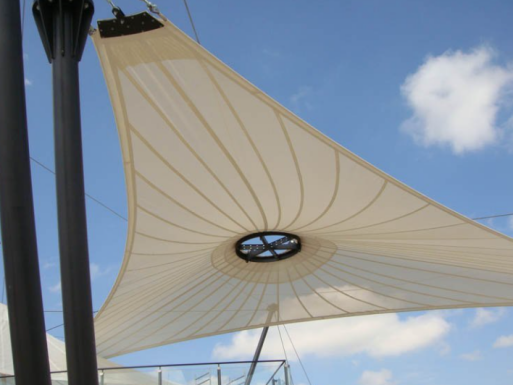
Applications of Oxford Fabric
Apparel and Accessories
Oxford fabric is commonly used in the manufacturing of apparel and accessories, offering a blend of style and functionality. Some popular uses include:
Shirts and Blouses: Oxford fabric’s distinctive basketweave structure and soft texture make it a popular choice for creating comfortable and durable shirts and blouses. It is often used for casual or business-casual wear due to its smart appearance.
Pants and Shorts: The strength and durability of Oxford fabric make it ideal for pants and shorts that need to withstand regular wear and tear. It provides a neat and polished look while offering comfort and ease of movement.
Bags and Backpacks: Oxford fabric’s water resistance and durability make it an excellent choice for bags and backpacks. Its ability to withstand rough handling and protect the contents from moisture makes it popular for outdoor and travel gear.
Shoes: Oxford fabric is also utilized in the construction of footwear, particularly in casual and sporty styles. Its breathability and resistance to abrasion contribute to the comfort and longevity of shoes.
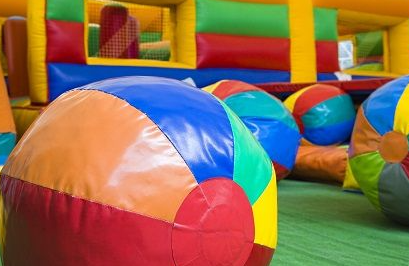
Home Textiles
Oxford fabric finds applications in various home textile products, adding a touch of elegance and practicality to the living space. Some common uses include:
Upholstery: Oxford fabric’s strength and resistance to wear make it suitable for upholstery applications, such as furniture covers, cushions, and curtains. It provides a stylish and durable option for adding texture and color to the home decor.
Tablecloths and Napkins: Oxford fabric’s wrinkle resistance and easy-care properties make it a popular choice for table linens. It can withstand frequent washing and maintain its crisp appearance, making it ideal for both formal and casual dining settings.
Bedding and Pillowcases: Oxford fabric is utilized in the production of bedding items like duvet covers, sheets, and pillowcases. Its softness and breathability contribute to a comfortable sleep experience, while its durability ensures long-lasting use.

Industrial and Outdoor Applications
Oxford fabric’s rugged nature and resistance to various environmental conditions make it well-suited for industrial and outdoor applications. Some examples include:
Tents and Camping Gear: Oxford fabric is commonly used in the manufacturing of tents, tarps, and camping gear due to its water resistance, durability, and UV resistance. It provides protection against the elements and ensures a reliable shelter in outdoor environments.
Protective Clothing: Oxford fabric with additional coatings or treatments is utilized in the production of protective clothing for industrial workers, firefighters, and other professions that require resistance to flames, chemicals, or extreme temperatures.
Bags and Luggage: Oxford fabric’s strength and abrasion resistance make it an ideal choice for bags, suitcases, and luggage used in travel and transportation. It can withstand rough handling and protect the contents from moisture and impact.
Automotive Upholstery: Oxford fabric is also employed in automotive applications, such as car seat covers and interiors. Its durability and resistance to fading make it suitable for withstanding the demands of regular use and exposure to sunlight.

Reasons for Choosing Oxford Fabric
Durability and Strength
One of the primary reasons for choosing Oxford fabric is its exceptional durability and strength. The fabric’s construction, typically featuring a basketweave pattern, provides a robust structure that can withstand regular wear and tear. Oxford fabric is known for its resistance to abrasion, making it less prone to damage and ensuring a longer lifespan for products made from this material. It is particularly valued in applications that require sturdiness and the ability to endure harsh conditions, such as outdoor gear, upholstery, and industrial applications.
Versatility
Another significant advantage of Oxford fabric is its versatility. The fabric is available in various weights, thicknesses, and finishes, allowing it to be adapted for a wide range of applications. It can be manufactured with different fiber blends, such as polyester-cotton or nylon, to achieve desired properties like breathability, water resistance, or stretch. Furthermore, Oxford fabric can be treated with additional coatings or finishes to enhance specific attributes, such as flame resistance, UV protection, or antimicrobial properties. This versatility makes Oxford fabric suitable for diverse industries, including apparel, home textiles, and industrial applications.
Cost-effectiveness
Oxford fabric is known for its cost-effectiveness, making it an attractive choice for manufacturers and consumers alike. Compared to some high-end fabrics, Oxford fabric offers a balance between affordability and performance. Its durable nature and resistance to damage ensure that products made from Oxford fabric have a longer lifespan, reducing the need for frequent replacements. Additionally, the fabric’s wide availability and ease of production contribute to its cost-effectiveness. This makes Oxford fabric a cost-efficient option for various applications, enabling manufacturers to provide durable and reliable products at competitive prices.
ecific challenges that buyers may encounter. These challenges include ensuring quality control and selecting the right type of Oxford fabric for their specific needs. Let’s explore these challenges in more detail.
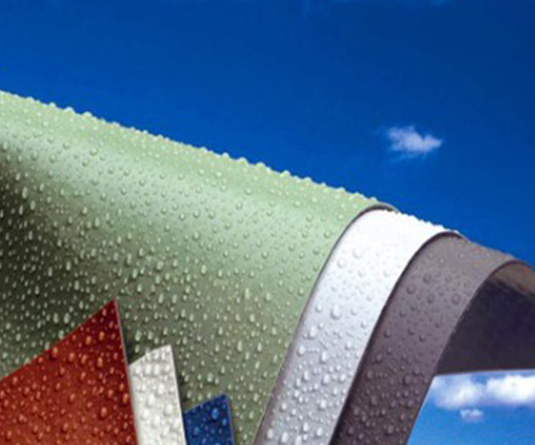
Challenges in Purchasing Oxford Fabric
Quality Control
Quality control is an essential aspect of purchasing Oxford fabric, as it ensures that the fabric meets the required standards and specifications. However, maintaining consistent quality across different suppliers and batches can be a challenge. Here are some factors to consider:
Supplier Reputation: Choosing a reliable and reputable supplier is crucial to ensure consistent quality. Look for suppliers with a track record of delivering high-quality products and positive customer feedback.
Testing and Certifications: Request test reports or certifications from the supplier to verify that the fabric meets relevant industry standards. This can include testing for factors such as colorfastness, abrasion resistance, and dimensional stability.
Physical Inspection: Conduct a physical inspection of the fabric before making a purchase, if possible. Look for any defects, inconsistencies in color or texture, or issues with the weave that may affect the fabric’s performance and durability.
Samples and Swatches: Request samples or swatches from the supplier to evaluate the fabric’s quality firsthand. This allows you to assess its weight, hand feel, and other attributes to ensure they align with your requirements.
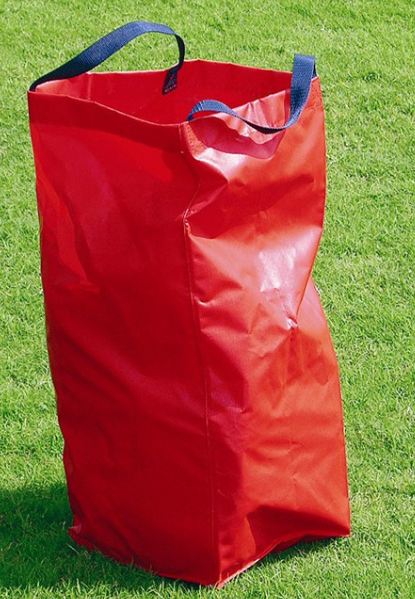
Selection of the Right Oxford Fabric
Selecting the right type of Oxford fabric for your specific needs can be challenging, considering the wide range of options available. Here are some factors to consider when making your selection:
Application and Intended Use: Determine the intended application of the fabric, whether it is for apparel, home textiles, or industrial purposes. Consider factors such as water resistance, breathability, UV protection, and flame resistance to match the fabric’s properties with your requirements.
Weight and Thickness: Oxford fabric comes in different weights and thicknesses, ranging from lightweight to heavy-duty options. Consider the level of durability and strength required for your application, keeping in mind that heavier fabrics may provide greater sturdiness but may also be less breathable or flexible.
Fiber Composition: Consider the fiber composition of the fabric, such as polyester-cotton blend or nylon, based on factors like comfort, durability, and ease of care. Different fiber blends offer varying levels of breathability, moisture-wicking properties, and resistance to wrinkles or shrinking.
Finishes and Treatments: Evaluate if the fabric requires any additional finishes or treatments, such as flame retardancy, antimicrobial properties, or water repellency. These treatments can enhance the fabric’s performance and make it more suitable for specific applications.
Budget Considerations: Consider your budget when selecting Oxford fabric. While higher-priced options may offer superior quality and performance, there may be cost-effective alternatives available that still meet your requirements.
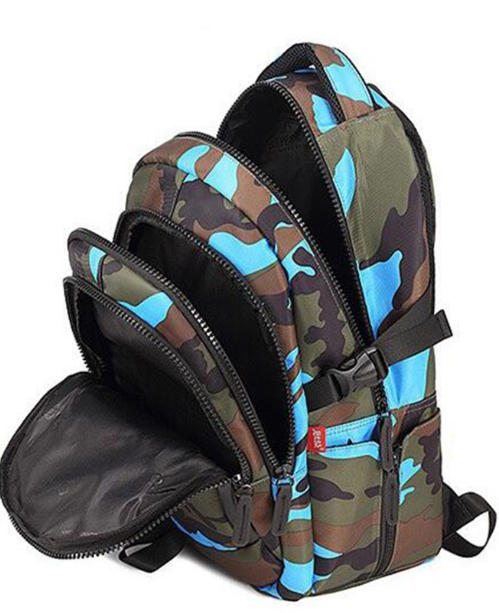
Benefits for luggage factories and fabric distributors
Durability and Longevity
Luggage factories can benefit from using Oxford fabric due to its exceptional durability and longevity. Luggage is subjected to rough handling, frequent use, and exposure to various environmental conditions, making durability a crucial factor. Oxford fabric’s sturdy construction, often featuring a basketweave pattern, provides strength and resistance to abrasion, ensuring that luggage can withstand the demands of travel. Its ability to maintain its structural integrity over time reduces the need for repairs or replacements, which can be beneficial for both luggage factories and customers.
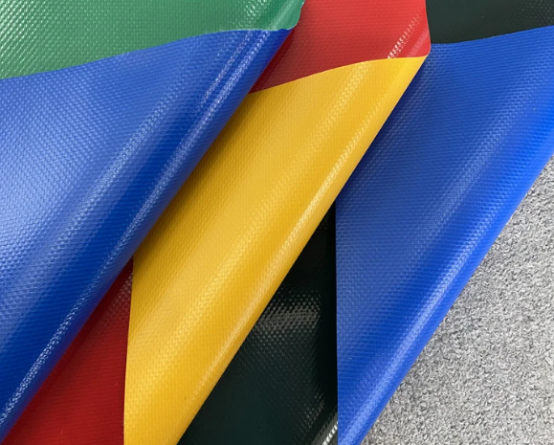
Water Resistance and Moisture Protection
Another significant benefit of Oxford fabric for luggage factories is its water resistance and moisture protection capabilities. Travel often involves exposure to rain, spills, or other wet conditions, and luggage needs to protect its contents from water damage. Oxford fabric’s PVC coating or other water-repellent finishes make it highly resistant to moisture, helping to keep the belongings inside the luggage dry and protected. This feature is particularly important for luggage factories aiming to provide high-quality products that offer reliable protection against the elements.
Versatility and Design Options
Both luggage factories and fabric distributors can benefit from Oxford fabric’s versatility and design options. Oxford fabric is available in various weights, colors, and finishes, allowing for customization and creativity in luggage design. It can be used for different types of luggage, such as suitcases, duffel bags, backpacks, or travel accessories, catering to diverse customer preferences. Fabric distributors can offer a wide range of Oxford fabric options, enabling luggage factories to choose the most suitable fabric for their specific design requirements. This versatility allows luggage factories to create visually appealing and functional products that stand out in the market.
Conclusion
In conclusion, PVC Oxford fabric is a versatile and practical material that offers numerous advantages in various applications. With its combination of durability, water resistance, versatility, and cost-effectiveness, PVC Oxford fabric has become a popular choice for a wide range of industries.
One of the key advantages of PVC Oxford fabric is its durability and strength. The fabric is constructed with a basketweave pattern, which provides exceptional strength and resistance to abrasion. This durability ensures that products made with PVC Oxford fabric can withstand the demands of everyday use, making it suitable for applications that require long-lasting and reliable performance. Whether it’s used in luggage, outdoor gear, or industrial applications, PVC Oxford fabric stands up to the rigors of frequent handling and harsh environments.
Another significant benefit of PVC Oxford fabric is its water resistance and moisture protection capabilities. The PVC coating applied to the fabric creates a barrier that repels water, keeping the contents of bags and other products dry even in wet conditions. This feature is particularly important for outdoor gear, such as tents and backpacks, where protection against rain and moisture is essential. PVC Oxford fabric also exhibits excellent resistance to mold and mildew, further enhancing its suitability for damp or humid environments.
The cost-effectiveness of PVC Oxford fabric is another compelling factor for its widespread use. It offers a durable and reliable solution at a relatively affordable price point. This makes it an attractive choice for manufacturers who aim to balance quality and cost-effectiveness in their products. Additionally, PVC Oxford fabric’s low maintenance requirements contribute to its cost-effectiveness, as it requires minimal care and is easy to clean, saving both time and money.



